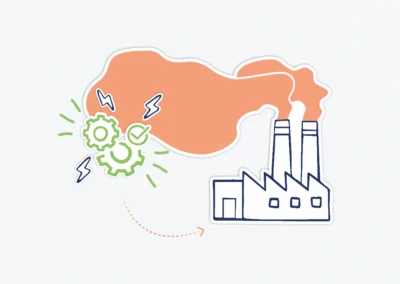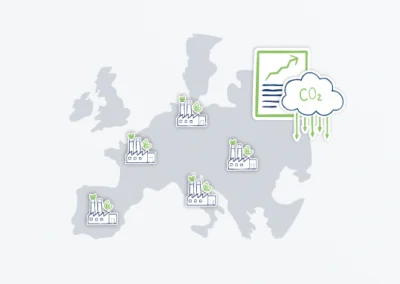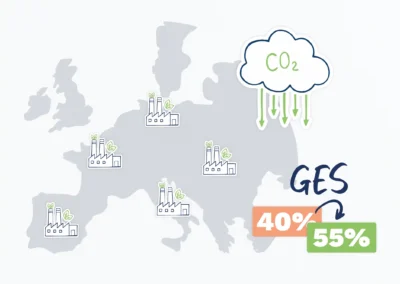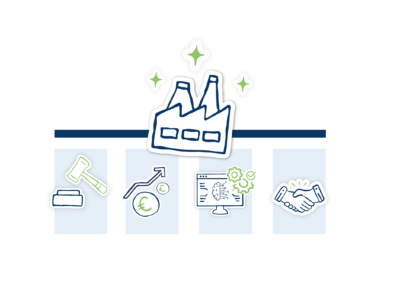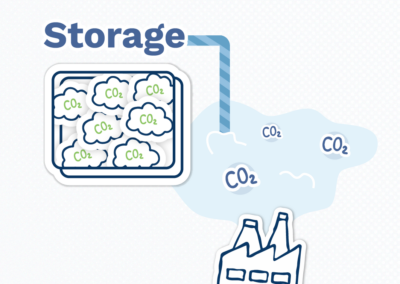
How to Calculate and Reduce Your Company’s Carbon Footprint?
Definition of Carbon Footprint
The carbon footprint is the sum of all greenhouse gas emissions attributable to a company, entity, or individual. This includes both emissions directly caused by your activity, such as fuel consumption, plastic use, and indirect consumptions. For example, emissions from the production and transportation of the raw materials you use are part of your carbon footprint.
To allow you to measure your carbon footprint comprehensively, ADEME has defined a method known as the carbon footprint assessment.
The carbon footprint to calculate the carbon footprint of your company
What is Carbon Footprint Assessment?
The carbon footprint assessment is a method developed by ADEME, which it defines as “an evaluation of the quantity of greenhouse gases emitted (or captured) into the atmosphere in a year by the activities of an organization or a territory.”
The official name of the carbon footprint is the “Greenhouse gas overview”, for greenhouse gases. Indeed, although carbon is part of most greenhouse gases, this assessment allows you to evaluate all of your emissions, even for less represented GHGs.
This method establishes a unique way for all companies to assess their carbon footprint. This allows:
- Objective comparison to the market
- Comprehensive examination to find areas for improvement
- Unique criterion for evaluating your compliance with legal standards
Calculating Carbon Footprint for Objective Market Comparison:
Comprehensive Examination of Your Carbon Footprint:
Unique Criterion for Legal Evaluation of Carbon Footprint:
How to Implement Carbon Footprint Assessment to Calculate Carbon Footprint?
Identifying Ways to Reduce Your Company’s Carbon Footprint:
Identify Reduction Opportunities, Anticipate the Future
Once your carbon footprint is calculated, how do you use it? The first thing is to assess which of your areas produce the most greenhouse gases and check if:
- It’s more than you anticipated
- The allocation of the carbon footprint seems logical to you
- You can make improvements in some of them
En effet, dans une usine de production, vous pourrez estimer que votre principale source de GES sera l’utilisation des machines de l’Usine. Dans certains cas, une solution de maintenance plus performante, ou, dans d’autres cas, la modernisation de votre installation vous permettra d’améliorer votre efficacité énergétique. L’efficacité énergétique peut être le maintien de votre production en diminuant votre consommation ou l’augmentation de votre production à consommation égale. L’État offre notamment des aides pour faciliter les travaux écologiques des entreprises.
If the production of a department surprises you, it will be necessary to understand the reason for its place in your greenhouse gas assessment and, if necessary, find alternatives.
For example, if the storage facility from which you fetch raw materials ten times a day is 15 km away from your company, the journeys will impact your carbon footprint. Perhaps it will be more profitable to invest in a facility near your production site for all or part of your raw materials.
Dametis experts assist you with both simple and more complex optimization cases.









